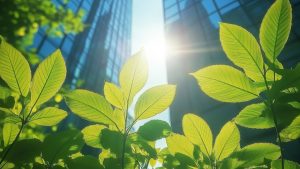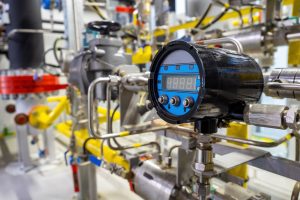
Wabash Valley project to abandon CCS
The US Department of Energy has agreed a $1.5 billion loan for the Indiana-based Wabash Valley Resources LLC to finance a coal-powered ammonia plant in West Terre Haute. The project will restart and repurpose a coal gasification plant that has been idled since 2016. However, previous plans to include carbon capture and storage in the project, as agreed as recently as May by the US Environmental Protection Agency (EPA), appear to have been abandoned. The loan comes from the Trump administration’s Energy Dominance Financing Program financed via the so-called “big beautiful bill”. It aims to reduce US dependence on foreign sources of fertilizer and to provide domestic sources of consumption for America’s shrinking coal industry. The facility is aiming to produce 500,000 t/a of ammonia using coal from a mine in southern Indiana as well as petroleum coke as feedstock.





